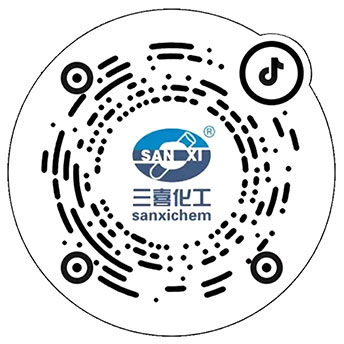|
1. Potassium nitrate is a two-element compound fertilizer of nitrogen and potassium, of which nitrogen is 13.5 and potassium is 46. It is considered a high-concentration potash fertilizer. Potassium nitrate is easy to move in the soil and is suitable for top dressing of crops, especially in middle and late top dressing.
2. The nitrogen in potassium nitrate is nitrate nitrogen, which is good for crops to absorb. In addition, the potassium content is relatively high, so it is used more in the crop expansion period and the effect is more obvious. However, in the coloring period of some crops, potassium nitrate is used.
The dosage should be cautious. Excessive use will cause the fruit not to color because of excessive nitrogen.
3. Potassium nitrate is used more frequently in cash crops such as tobacco, grapes, fruit trees, melons and fruits, and has fast fertilizer efficiency and better quality of agricultural products.
4. Nitrate absorbs heat in the process of dissolving, so when using it in winter, use it in small quantities as much as possible and use it with humic acid products.
5. Due to the anion antagonism between NO3- (nitrate) and Cl- (chloride ion), potassium nitrate can resist the absorption of Cl- (chloride ion) in the soil by the product.
6. In some soil environments, the NO3- (nitrate) in potassium nitrate is absorbed by crops faster, so a small amount of remaining potassium ions are absorbed by the soil, or weak acid and strong alkali salts such as K2CO3 (potassium carbonate) are generated. In such soil, potassium nitrate is a physiological alkaline fertilizer, so it is more suitable for use in acid soil.
|



